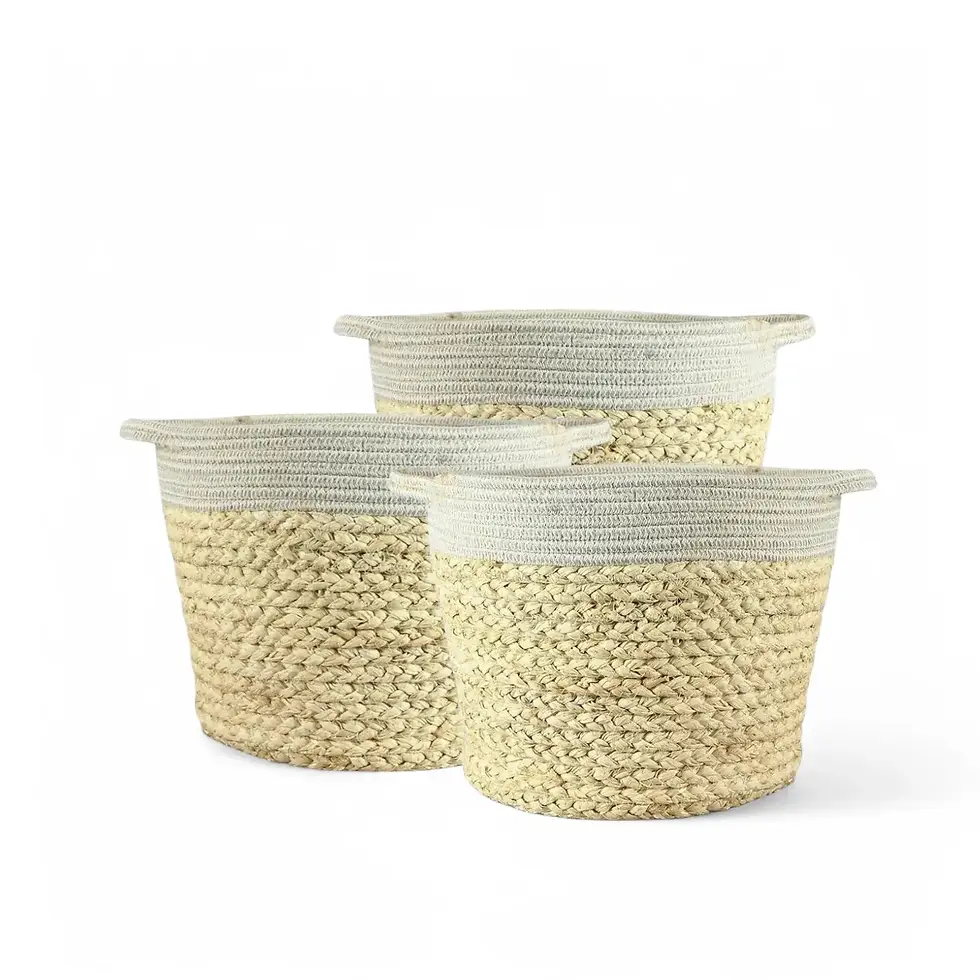Hoya carnosa 'Krimson Queen' - Care Tips and Unique Features
Hoya carnosa 'Krimson Queen' is a stunning variegated houseplant known for its vibrant foliage and easy care. The waxy leaves display a creamy-white margin with hints of pink on new growth, creating a striking contrast with the green centers. This trailing beauty enhances indoor décor and is beloved for its resilience and fragrant, star-shaped blooms.
Key Characteristics and Benefits
- Variegated Beauty: Unique creamy-white and green leaves with a blush of pink on new growth.
- Trailing Growth: Ideal for hanging baskets, shelves, or trellises.
- Fragrant Flowers: Produces clusters of sweetly scented star-shaped blooms.
- Low Maintenance: Adaptable to various indoor conditions with minimal care.
Essential Information About Hoya carnosa 'Krimson Queen'
- Natural Habitat: Native to Southeast Asia and Australia, thriving in warm, humid conditions with filtered sunlight.
- Indoor Size: Reaches up to 1-2 meters indoors, with cascading vines.
- Growth Habit: Trailing and climbing, perfect for lush greenery displays.
- Growth Rate: Moderate, with most noticeable new growth in spring and summer.
- Toxicity: Non-toxic to pets and humans, making it safe for family homes.
Caring for Hoya carnosa 'Krimson Queen'
- Light: Thrives in bright, indirect light. Avoid direct sunlight to prevent leaf scorch.
- Watering: Allow the top 2-3 cm of soil to dry before watering. Use room-temperature water.
- Humidity: Prefers moderate to high humidity. Use a humidifier or group plants together.
- Temperature: Optimal range is 18-26°C. Avoid cold drafts or sudden temperature changes.
- Soil: Requires a well-draining mix. A blend of orchid bark, perlite, and potting soil works well.
- Repotting: Repot every 2-3 years or when root-bound. Use pots with drainage holes.
- Fertilizing: Feed monthly with a balanced liquid fertilizer during the growing season.
- Propagation: Use stem cuttings in water, soil, or LECA.
- Semi-Hydroponics: Adapts well to setups using LECA. Maintain consistent moisture levels.
- Pruning: Regularly trim vines for bushier growth. Avoid cutting peduncles, as they rebloom.
- Placement: Perfect for high shelves, hanging baskets, or near east-facing windows.
- Blooming Tips: Keep slightly root-bound and ensure consistent lighting.
Common Challenges and Solutions
- Yellowing Leaves: Overwatering. Allow soil to dry between waterings.
- Brown Leaf Tips: Low humidity or inconsistent watering. Boost humidity and maintain a regular schedule.
- Root Rot: Poor drainage and overwatering. Use well-draining soil and pots with drainage holes.
- Pests: Mealybugs, spider mites, and aphids. Treat with insecticidal soap , neem oil, or use beneficial insects.
- No Blooms: Insufficient light or over-fertilizing. Provide bright light and avoid excessive fertilizer.
Additional Insights
Mimic its natural habitat for optimal growth. Bright, indirect light and good airflow are essential. Regularly cleaning the leaves enhances photosynthesis and keeps the plant looking vibrant.
Etymology
The genus Hoya is a tribute to Thomas Hoy, an 18th-century botanist. The species name carnosa refers to its fleshy, waxy leaves, while 'Krimson Queen' emphasizes its striking variegation.
Frequently Asked Questions
- Does Hoya carnosa 'Krimson Queen' need a lot of sunlight? It prefers bright, indirect light but can adapt to medium light conditions. Avoid direct sun.
- How often should I water my Hoya carnosa 'Krimson Queen'? Water when the top 2-3 cm of soil is dry. Avoid overwatering.
- What type of pot is best? A terracotta pot with drainage holes is ideal, promoting aeration and preventing water retention.
Shop for Hoya carnosa 'Krimson Queen' Today
Order now to enjoy its stunning foliage, fragrant blooms, and easy care!
Hoya carnosa 'Krimson Queen' (albomarginata)
Hoya carnosa 'Krimson Queen' comes in following sizes:
S – is approximately 10 cm tall/ long and comes in a ⌀ 6 cm pot.
M – is approximately 20 cm tall/ long and comes in a ⌀ 12 cm pot.























































